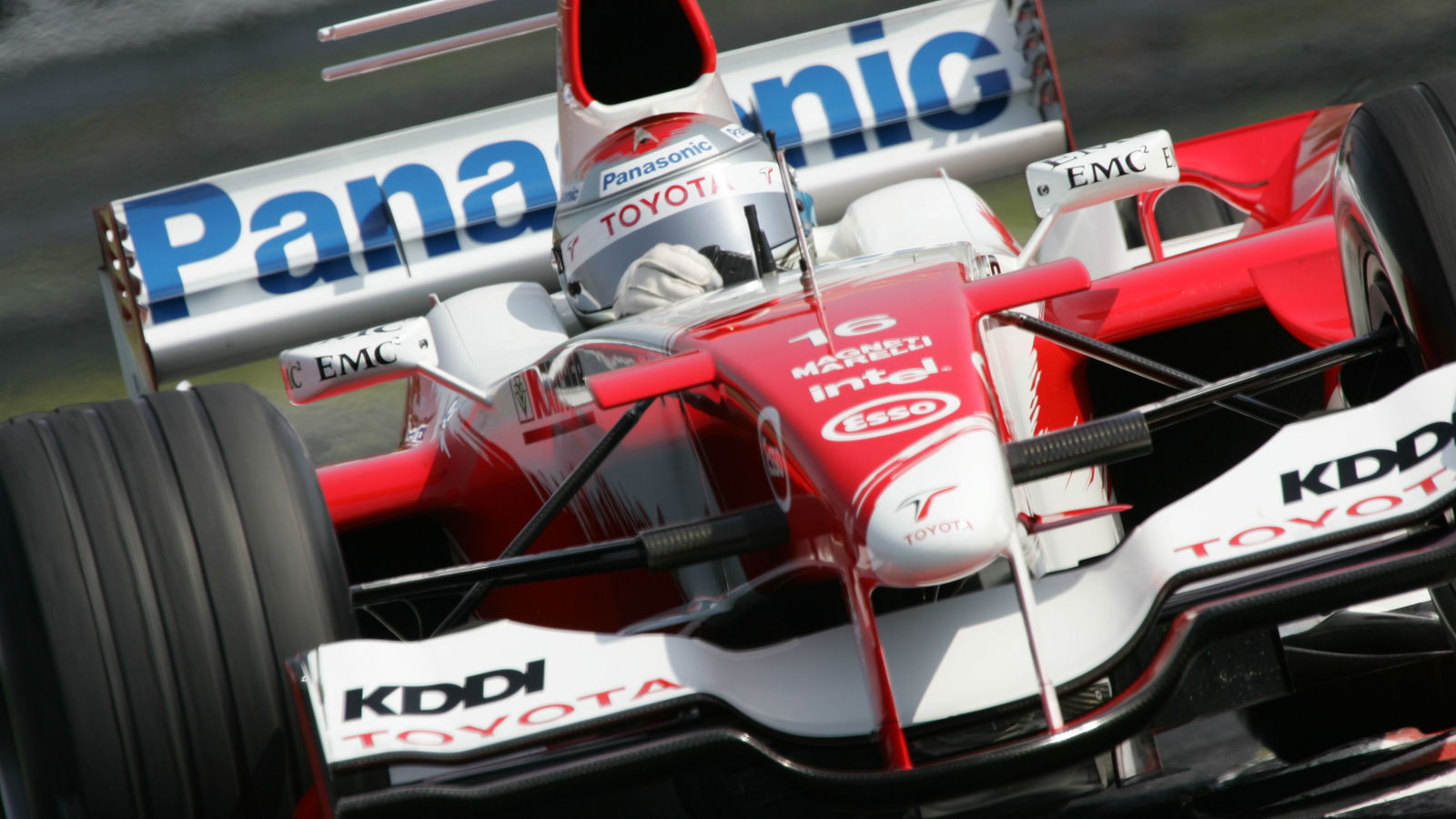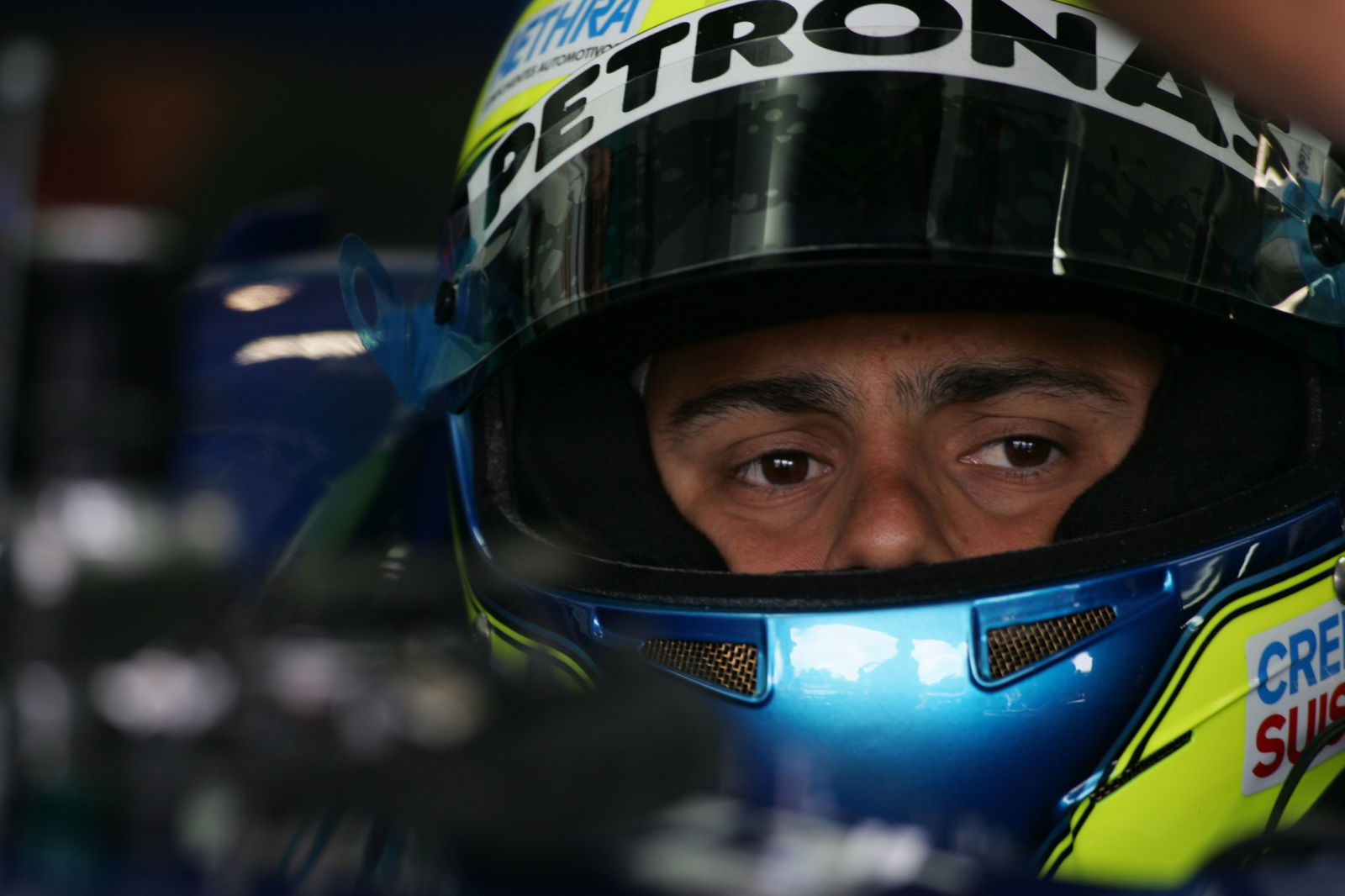Toyota push forward - thanks to Kaizen.
While it may not look vastly different to the car it replaced, there is little doubt that the Toyota TF105 has seen a marked improvement in performance for the Cologne based team in the 2005 F1 season.
With Jarno Trulli and Ralf Schumacher at the wheel, the TF105 has run near the front of the field on a number of occasions this season and has taken a podium finish - something the TF104B never managed to achieve - with the success being linked to the embodiment of Kaizen - Toyota's philosophy of continuous improvement.

While it may not look vastly different to the car it replaced, there is little doubt that the Toyota TF105 has seen a marked improvement in performance for the Cologne based team in the 2005 F1 season.
With Jarno Trulli and Ralf Schumacher at the wheel, the TF105 has run near the front of the field on a number of occasions this season and has taken a podium finish - something the TF104B never managed to achieve - with the success being linked to the embodiment of Kaizen - Toyota's philosophy of continuous improvement.
"If you look at all the F1 cars Toyota has produced, from the first TF101, through the TF104B, the TF105 'roll-out' car, to the TF105 we raced in Australia and on to the TF105 we've run most recently, you'll see that they kind of 'morph' into one another," technical director Mike Gascoyne said. "Mechanically they're more or less the same, because the basic package was fundamentally sound. Aerodynamically, though, there have been many detail changes."
To speed up the flow of developments and ensure that what worked in Toyota's hi-tech 50 per cent-scale wind tunnel also worked on the track, the aerodynamics department was restructured during the latter part of 20004.
"We put a lot of resources into changing the way we work to improve the accuracy of what we were doing, to work in a more scientifically controlled way," Gascoyne continued. "We tested for more hours, learned more and more things, made better models - and it came out in the results. By 'scientific' I mean repeating the same configurations over and over again so that you know you can repeat to a certain level of accuracy.
"We can test to about .03 of a per cent; we can take the model out of the tunnel, dismantle it, reassemble it and test it again to within that very small margin. If your level of accuracy isn't that close then you can test all those bits and you won't see the improvement. Our philosophy is that if you have a very high accuracy level you find lots of small improvements - and the sum of those parts is a major competitive step."
The trend in modern F1 car design has been towards having the rear end tightly 'packaged' to improve the volume and quality of air flow to the rear wing. In practice, this means minimising the size of all the installations at the rear: the engine and gearbox (and their wiring and ancillary components) and the rear suspension. This is where Toyota has benefited from building the complete car 'under one roof', integrating the design of the chassis and engine.
"The computer software we use to design the car is now much more sophisticated than it was ten or 20 years ago," Luca Marmorini, technical director of the Toyota engine said. "In the old days of F1, when you installed the engine in the car, many elements still had to be finessed by hand, such as the wiring. That doesn't happen now."
"Working in the same building means that we have much closer communication with the engine designers," Gascoyne added. "Luca doesn't just turn up with an engine and say 'Here it is, now fit it in your car.' And you can see the effects of that working relationship - not just in terms of points, but also the rarity of mechanical failures."

